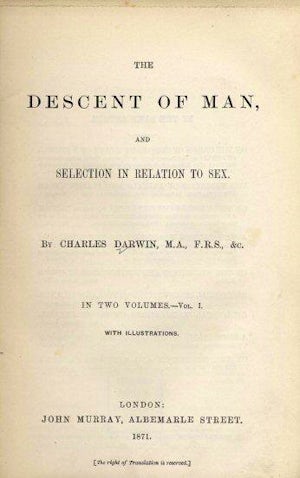1910. In 1909, Charles Davenport, the director of the Cold Spring Harbor Laboratory approached philanthropist Mrs. Herriman in hopes of receiving financial support for a eugenic research institution. Davenport “dreamed of gathering enormous quantities of human hereditary data, recording them in a central bureau of study, and ultimately throwing light on ‘the great strains of human protoplasm…coursing through the country’” (Kevles, 1985, p.53-55). In 1910, Herriman decided to support Davenport’s eugenic ambitions and funded the establishment of the Eugenics Records Office.
Eugenicist Harry H. Laughlin served as the first superintendent of the ERO, (and Davenport's assistant director of the Cold Spring Harbor Laboratory) from 1921 to 1939 (Gur-Arie, 2014). The ERO was an influential organization, and even influenced legislation, such as the Immigration Restriction Act of 1924 (Gur-Arie, 2014). In order to further America's knowledge of eugenics, many research projects were carried out at the ERO, including the compilation of medical histories, and the creation of human pedigrees (Gur-Arie, 2014). The ERO eventually closed in 1940.
-Erna Kurbegovic and Colette Leung
Kevles, D. (1985). In the Name of Eugenics: Genetics and the Uses of Human Heredity. Berkeley: University of California Press.
Gur-Arie, R. (2014). Cold Spring Harbor Laboratory (1890 - ). The Embryo Project Encyclopedia: Recording and contextualizing the science of embryos, development, and reproduction. Retrieved from: http://embryo.asu.edu/pages/cold-spring-harbor-laboratory-1890
 1869:
Galton publishes Hereditary Genius
1869:
Galton publishes Hereditary Genius
 1871:
Charles Darwin publishes The Descent of Man
1871:
Charles Darwin publishes The Descent of Man